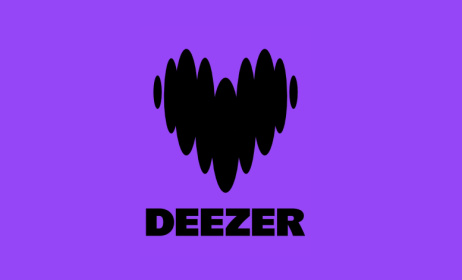Kenyan govt urged to support the arts
The Kenyan government has been urged to develop the creative industry and provide a conducive environment for the private sector to invest in it.
 GoDown Arts Centre executive director Joy Mboya says there's a need to understand how arts and culture fit into the creative economy.
GoDown Arts Centre executive director Joy Mboya says there's a need to understand how arts and culture fit into the creative economy.
The call was made at the Sankalp Africa Summit in Nairobi last week. The annual summit connects entrepreneurs, investors, corporates and legislators to discuss growth strategies for the region. The event was also attended by artists, musicians and business leaders.
The discussions revolved around sustainable development goals and how the different players can work together to achieve success in the sector.
“The government should support the creative industry because the arts in Kenya lack government investment and support,” Kenyan activist Boniface Mwangi said. “It should work hand in hand with the private sector to boost the creative economy because lack of support has driven up unemployment, as young people sleep on their talent.”
In January, Kenyan President Uhuru Kenyatta renamed the Ministry of Sports, Culture and Arts to the Ministry of Sports and Heritage. Many argue that the renaming does a disservice to the role of the arts in terms of Kenya’s cultural development.
In attendance at the Sankalp Africa Summit was GoDown Arts Centre executive director Joy Mboya who said the event was a great way for industry professionals to meet and exchange experiences about the creative sector.
“There is great opportunity that is yet to be tapped into in the creative investment sector in Kenya, which contributes to the bigger economy because the ideas are converted into products and services of the whole economy,” she said. “It’s great that the creative economy can now have a conversation about different platforms with other actors within and outside the industry on opportunities present for the Kenyan creative.”
But despite criticism towards Kenyatta’s decision to omit ‘arts’ from the title of the renamed ministry, Mboya said the government was instrumental in the development of the creative sector.
“In the last decade, the sector has taken part in a policy development process that led to the formation of a Constitution that recognises culture and covers the question of what culture is as well as copyright. What is left is the legislation of culture, which is currently at the stage of a bill in Parliament,” she said.
“But there’s a need to understand how arts and culture fit into our daily life and how it contributes to the economy. As much as we do not have enough infrastructure, Nairobi is a young city so we still have time to figure out how the creative arts fit within the contemporary space.”
Kenyan painter Collins Oduor said he would like to see greater commitment in the promotion of Kenya’s creative industry.
“There is a growing middle class demand of local products,” he said. “Many have found ways to make an income by engaging in different art forms and dividing their work into commercial art and fine art. However, unemployment is still a challenge for artists.”
A Kenya National Bureau of Statistics survey released last year said the country’s creative sector was worth about $2 million. The report also provides data on gender representation in the industry. It shows that women in wage employment registered an accelerated growth from 2% in 2015 to 2.2% in 2016 while male wage employment decreased from 4.9% to 4.8% in the same period.
Meanwhile, the GoDown Arts Centre plans to transform itself into one of East Africa’s leading contemporary arts complexes.
Below is a video of the proposed upgrade at the centre:



























Commentaires
s'identifier or register to post comments